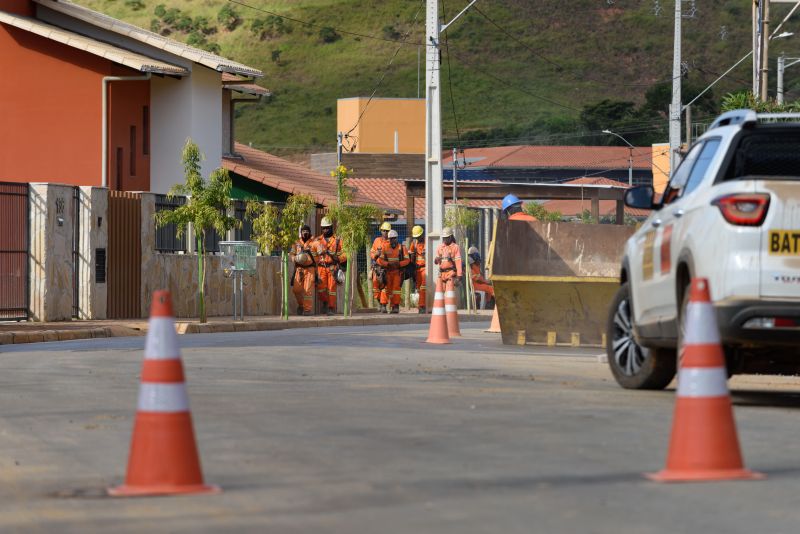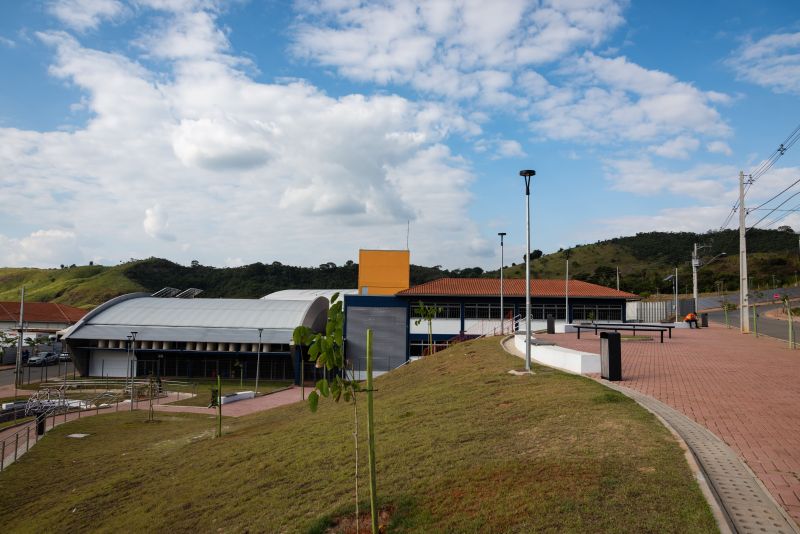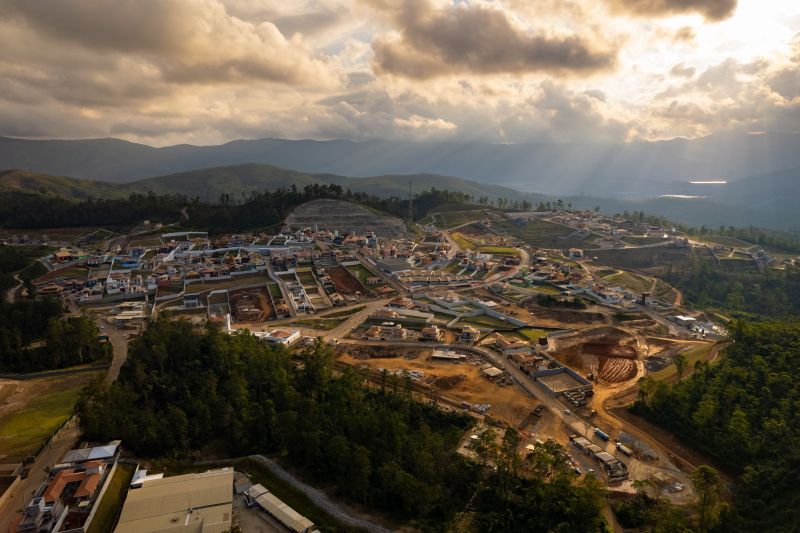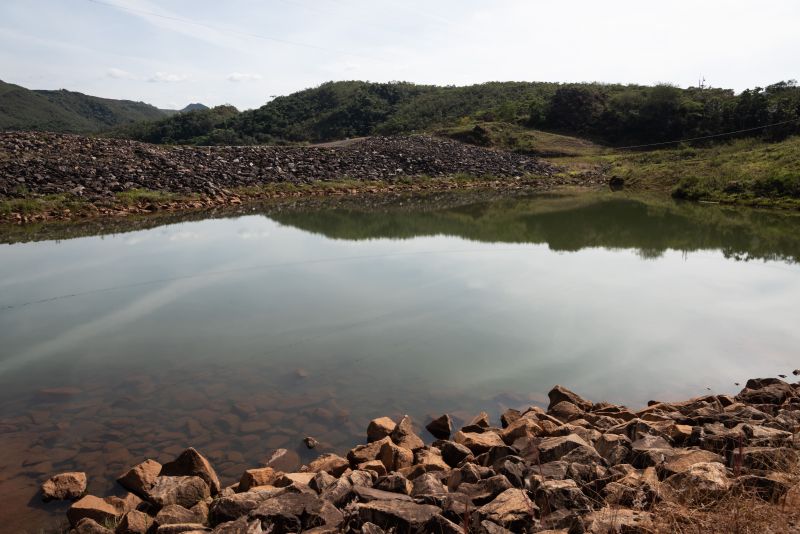On November 5, 2015, the world witnessed one of the most catastrophic environmental disasters in recent history: the collapse of the Mariana Dam in Brazil. This event, which unleashed a torrent of toxic sludge into the surrounding landscape, not only devastated local communities and ecosystems but also sent shockwaves through the global mining industry.
In the wake of this disaster, corporations and regulators alike were forced to confront uncomfortable truths about the safety practices that had long been employed. What followed was a profound reevaluation of mining operations around the globe, sparking new discussions about transparency, accountability, and sustainability.
Suddenly, the industry was no longer just about extracting resources; it became a moral battleground where the consequences of negligence could no longer be brushed aside. This article delves into how the Mariana Dam disaster reshaped mining practices worldwide, igniting reforms that echoed far beyond Brazil’s borders and challenging companies to prioritize environmental stewardship over profit.
Immediate Environmental and Social Impact

The immediate environmental and social impact of the Mariana Dam disaster was devastating and far-reaching, shaking communities and ecosystems to their core. When the dam burst in November 2015, millions of cubic meters of toxic sludge released into the Rio Doce River, obliterating habitats and contaminating water resources vital to countless organisms and human populations.
The ripples were palpable: communities that once thrived on fishing and agriculture faced abrupt economic collapse, as the river transformed into a poisonous ribbon devoid of life. Yet, beyond the visceral horror of environmental degradation, the social ramifications unfolded, tearing apart the very fabric of affected communities.
Families displaced, livelihoods destroyed, and trust in both corporations and government institutions evaporated; the psychological toll was incalculable. As the dust of disaster settled, it became clear that the consequences of negligence were not merely local but reverberated globally, prompting a critical reevaluation of mining practices and their alignment with ethical responsibility.
Technological Innovations in Mining Safety

In the wake of the Mariana Dam disaster, the mining industry has undergone a profound transformation, particularly in safety protocols driven by technological innovations. Drones equipped with high-resolution cameras now soar above mining sites, providing real-time monitoring and reducing the need for personnel in hazardous areas.
Meanwhile, advanced sensors have been integrated into the very design of tailings dams, enabling continuous assessment of structural integrity and identifying potential failures long before they escalate into disasters. Moreover, the advent of artificial intelligence has brought forth predictive analytics, assisting engineers in anticipating and mitigating risks with unprecedented accuracy.
Automated systems have shifted the paradigm, minimizing human exposure to danger. Yet, amidst these advancements, the human element remains irreplaceable—a vigilant workforce trained to respond to emergencies, underscoring that even in a tech-driven world, safety is a collective endeavor that demands both innovation and intuition.
The Future of Mining in a Post-Mariana World

The future of mining in a post-Mariana world is being reshaped by a seismic shift in regulatory frameworks and industry practices, reflecting an urgent need for sustainability and environmental accountability. Now more than ever, companies are held to rigorous standards, not only to mitigate ecological damage but also to rebuild trust with communities long affected by past actions.
Innovative technologies are emerging, harnessing AI and big data to optimize resource extraction while minimizing waste. Yet, the task is not merely technical; it requires a cultural transformation within the mining sphere, pushing for a mindset that prioritizes stewardship over profit.
As the industry grapples with these profound changes, the echoes of the Mariana Dam disaster serve as a stark reminder that the cost of negligence extends beyond financial loss, influencing everything from investor confidence to global supply chains. Ultimately, the path forward hinges on integrating ethical considerations into every layer of mining operations, forging an industry that is not just reactive but proactive in safeguarding our planet.
Conclusion
In conclusion, the Mariana Dam disaster serves as a crucial turning point in the global mining sector, highlighting the urgent need for enhanced safety protocols and regulatory frameworks. The catastrophic breach of the Mariana Barragem not only resulted in devastating environmental damages and loss of life, but it also propelled a worldwide reassessment of mining practices. Countries are now more vigilant about the potential risks associated with tailings storage and are seeking to adopt more sustainable and responsible methods of operation.
As the industry moves forward, it is imperative that lessons learned from this tragedy guide policy reforms and foster a culture of accountability, ensuring that such a disaster is never repeated. This shift towards greater transparency and environmental stewardship reflects a growing recognition of the mining sector’s role in sustainable development and its impact on local communities and ecosystems globally.


